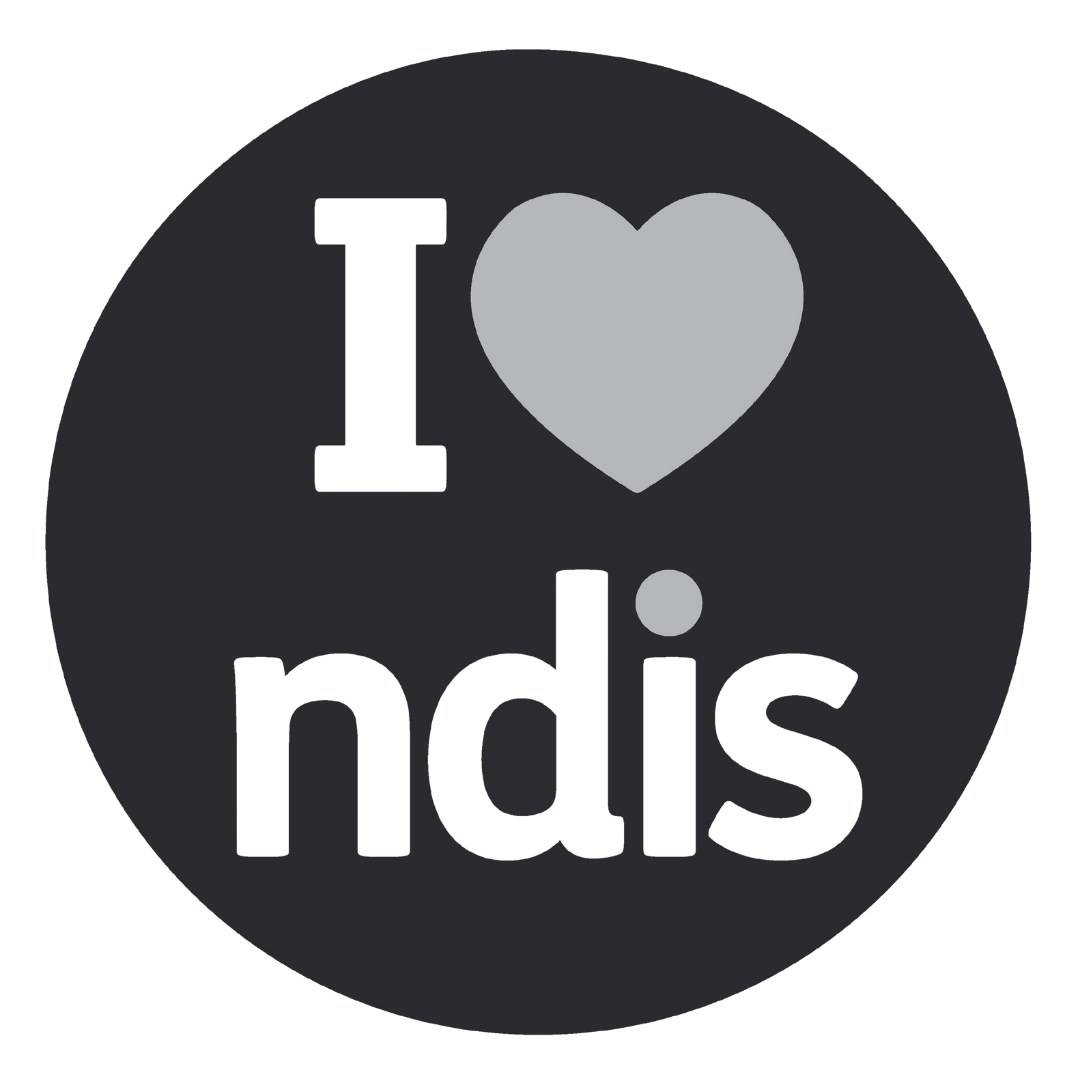JAM is a proudly Australian fashion label servicing customers that are mostly based in Australia. As JAM sells products that assist people living with Disability, many of our customers are participants on the National Disability Insurance Scheme (NDIS). For those that aren’t aware of what the NDIS is, it is essentially Australia’s national funding body for those with disability. Because a lot of people would like to utilise their NDIS funding to purchase our products, it is something we are frequently asked about. As well as being the co-founders of JAM, we have both worked within the NDIS as Occupational Therapists and Disability Support Workers so we have a good understanding of how it works, but also understand it can be a bit confusing to navigate and the information out there isn’t always super straightforward.
There are different types of ‘budgets’ within each participant’s NDIS plan, these are Core, Capital, and Capacity Building. We’re going to focus specifically on the Core budget as this is what is relevant to JAM’s products. According to the NDIS website, “Core Supports help you with everyday activities, your current disability-related needs and to work towards your goals. Your Core Supports budget is the most flexible…” Within this budget is Consumables, which are defined as “Everyday items you may need. For example, continence products or low-cost assistive technology and equipment to improve your independence and/or mobility”. As JAM’s products have been specifically adapted to make the act of dressing easier, simpler, more accessible, and therefore increase independence, it means that they can be considered ‘Assistive Technology’ by the NDIS and may be purchased through your ‘Low-Cost Assistive Technology’ budget. With this type of product, there are no formal assessments or reports required to be able to purchase these items, however if an individual has access to an Occupational Therapist, it can be useful for them to write a short and simple one-page supporting letter for the participant to keep on-hand if they ever do need to justify the reason for using their NDIS funds to make this purchase. Your Occupational Therapist is the best person to provide this letter as they know your functional dressing needs as well as your individual NDIS goals best.
Although most Occupational Therapists will be able to easily justify how Adaptive Clothing is Assistive Technology, we acknowledge that not everyone has access to an Occupational Therapist, not every Occupational Therapist will have heard of Adaptive Clothing before, or you may just want to be able to justify it yourself. You see, some people hear the word ‘NDIS’ and ‘clothing’ and automatically think it is not possible for the NDIS to fund items like these, as clothing is traditionally seen as a day-to-day living cost which the NDIS will not fund. This is why it’s so important that we acknowledge that these products are ‘Adaptive’, and have specifically been designed considering the barriers faced by so many people having to wear traditional clothing designs. For more detail on how significant the impact of clothing can be, please refer to our past blog here. Adaptive Clothing is a relatively new concept to Australia, however many people (particularly within the disability community) are very familiar with other assistive devices that need to be considered in the same way. Some examples of these are adaptive cutlery, kettle tippers, or dressing aids. No one seems to question whether adaptive cutlery should be funded through the NDIS, so why should Adaptive Clothing be any different? It all comes down to education and awareness. The more people that understand the positive impact of Adaptive Clothing, the more people that will benefit, and everyone wins.
At the end of the day, our mission at JAM is for as many people as possible to have access to our products that promote self-expression, independence and dignity. Not everyone is able to purchase our products with their own funds, so if a customer has access to funding that will allow them to purchase these assistive products, it is our responsibility to explain how this can be done. Although we are confident in our knowledge around this topic, the NDIS is an ever-changing field that is bound to present new challenges as time passes, so we implore you to reach out to us directly if you have any queries or concerns about how the NDIS can be used to purchase Adaptive Clothing, and we would be more than happy to have a chat.


